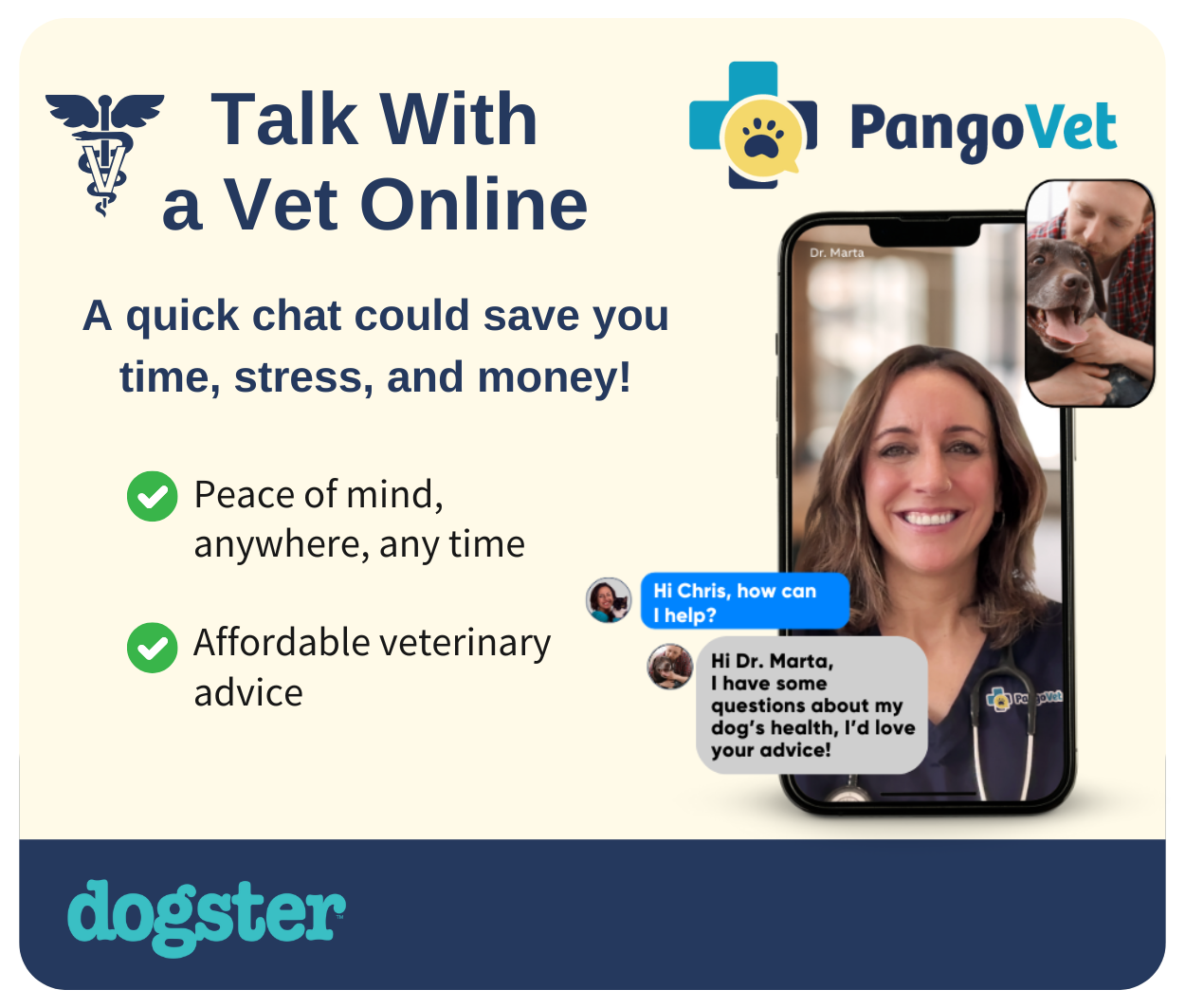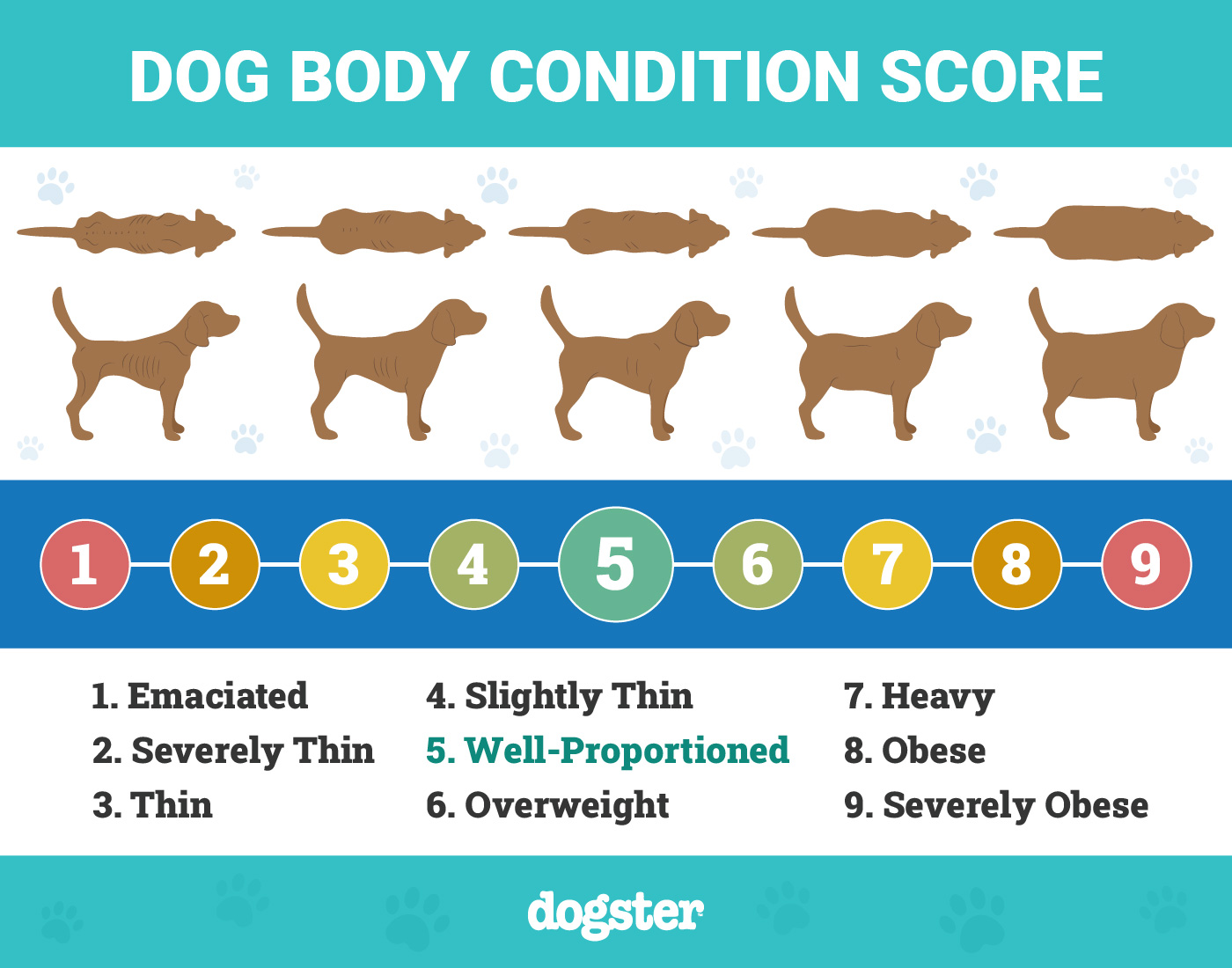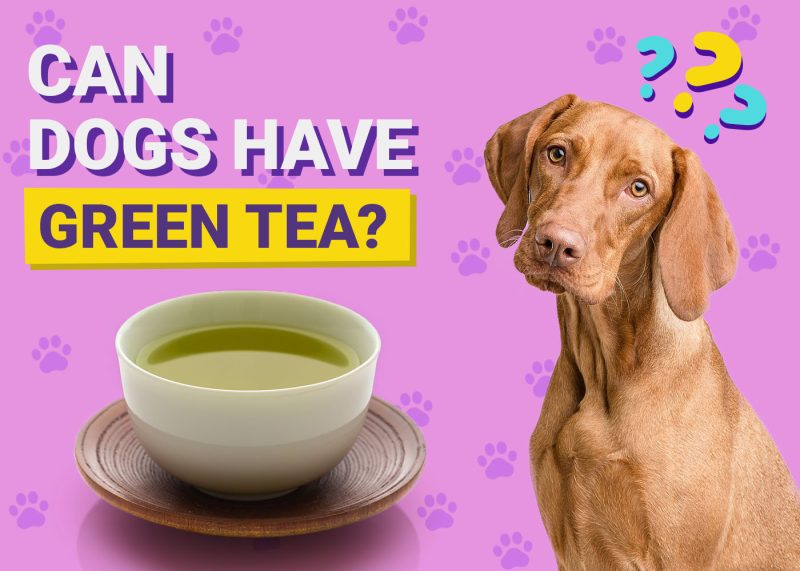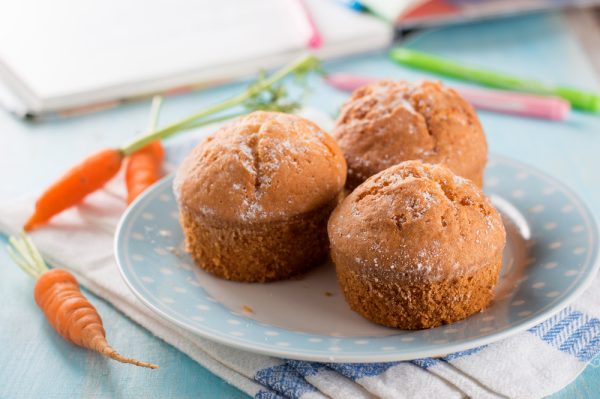In this article
View 3 More +Whether we realize it or not, as dog owners, we have a significant influence over the health and wellbeing of our dog, with the food we choose playing one of the most important roles. Alongside exercise, training, and vet care, choosing the right food for your dog is critical to their development, and it all starts with buying the proper formula for their life stage.
Learn about these critical differences between puppy and adult dog food and when you should make the switch to help your dog grow to their fullest potential and live the longest and happiest life possible.

At a Glance

- Used for first 6–24 months
- Has high protein, fat, and mineral concentrations for growth
- Also used for nursing mothers towards the end of pregnancy and during lactation
- Used for fully mature dogs
- Protein, fat, and mineral levels lower for maintenance of body condition rather than growth
- Prevents unnecessary weight gain while supplying essential nutrients for bodily maintenance

Overview of Puppy Food:
Puppies gain weight rapidly during their first year, gaining roughly 10%–15% of their birth weight daily; the largest breeds can add a few pounds every week! Every system needs support during this period, as dogs need optimal cognitive, immune, and orthopedic development to ensure they become healthy, active, and trainable adults. Weighing your puppy two to three times weekly during this period will allow you to monitor their growth rate and ensure they are gaining the appropriate amount of weight for their breed and life stage.
With increased energy and nutrient demands, puppies must be on a growth formula until they approach their adult body size. Since the 1990s, the Association of American Feed Control Officials (AAFCO) has set the nutrient profiles for puppy and adult foods to ensure dogs receive at least the minimum nutrition needed for appropriate development.
The AAFCO sets puppy food standards as a “growth and reproduction minimum.” Puppy food has a higher protein minimum (22.5%), more crude fats, and higher mineral concentrations than adult food. The kibble size is also smaller for puppy formulas to accommodate the growing dog’s relatively undersized mouth and body.
Puppy foods also prioritize omega-3 and omega-6 fatty acids, including DHA and EPA, in an appropriate ratio. Consuming the necessary polyunsaturated fats is vital in a puppy’s cognitive and visual development, heart health, immunity, and various neurological, reproductive, and digestive functions.

Different Types of Puppy Food
Puppies grow at different rates depending on the dog’s mature size, making it imperative for owners to buy an appropriate breed-specific formula. Large dogs that max out over 70 pounds in adulthood need large-breed food.
Since they take longer to grow, they require lower-calorie, lower-fat food to moderate their growth and prevent skeletal issues. Large-breed food has lower calcium levels and a strict calcium-phosphorus ratio for proper bone development, with more omega fatty acids added to bolster orthopedic health.
For this reason, a generic ‘puppy food’ is not ideal for every and all puppies; small breeds need a different balance of nutrients than large or giant breeds. Although you don’t necessarily need a food created specifically for your dog’s breed, it is wise to select one that fits with their adult size category of toy, small, medium, large, or giant.

When to Choose Puppy Food
Puppies aren’t the only ones who benefit from a high-calorie, nutrient-dense puppy formula. Pregnant adults also need a more concentrated nutritional profile to keep their energy up as they pass nutrients to their young. Puppy food is crucial for pregnant dogs as they enter the final 2 weeks of pregnancy to ensure they have enough fat and energy reserves and appropriate calcium levels to prepare them for lactation.
Breeders should gradually introduce it into their standard adult food in the preceding weeks. After birth, nursing dogs continue needing high-quality puppy food during the demanding lactation period, gradually weaning off the food as their puppies wean off them.

Overview of Adult Dog Food:
Adult dog food contains fewer calories and reduces the minimum threshold for protein, fats, and essential minerals. Avoiding obesity is crucial for maintaining an adult dog’s health and longevity, and the added energy in puppy food can easily cause excess weight gain. Omega fatty acids also become less critical, as only linoleic acid appears as an essential nutrient with a necessary minimum amount.
While puppies need three or four small meals spaced evenly throughout the day to ease digestion and keep their energy up, adult dogs typically do well on two daily feedings. Keeping track of your dog’s optimal weight is still vital in adulthood to maintain a healthy body condition score and ensure they eat and exercise appropriately.

When to Switch to Adult Food
Puppy food is essential for every dog during their first few months. Once they reach roughly 80% of their adult size, they can gradually progress onto an adult formula to slow their growth and enter the maintenance phase.
Timing the switch to adult dog food primarily depends on the breed. Smaller dogs grow and mature quicker, so the change can occur in under a year. Meanwhile, the largest breeds may wait up to 2 years before being ready for adult food.
| Toy and Small Breeds: | <25 pounds | 8-10 months |
| Medium Breeds: | 25 – 50 pounds | 12 months |
| Large Breeds: | 50 – 90 pounds | 12-16 months |
| Giant Breeds: | > 90 pounds | 18-24 months |
This guide can give you an idea of when your dog might be ready to move onto adult food, but it is important to work with your vet to ensure you get the timing right for your dog and prevent any development issues. Switching too soon can hamper growth, raising the potential for future cognitive, skeletal, or muscular disorders. If you switch too late, the extra calories in puppy food can cause obesity. The excess nutrients can also spur improper development, leading to bone and joint issues.
If you need to speak with a vet but can't get to one, head over to PangoVet. It's an online service where you can talk to a vet online and get the personalized advice you need for your pet — all at an affordable price!

To prevent digestive issues and diarrhea, owners should gradually incorporate adult food into their dog’s puppy food, adding slightly more each day. The transition should take around 1 ½–2 weeks.
Are Puppies Able to Eat “All Life Stages” Food?
All Life Stages (ALS) foods work for puppies and adults. The ALS label means the food meets the minimum requirements for adult, growth (puppy), and reproduction phases and doesn’t contain more than 1.8% calcium on a dry matter basis. Due to the higher calories, you may have to adjust how you feed your dog. Active dogs burn more calories and can eat more food, and more sedentary dogs should eat less to prevent obesity.
Just as different breeds can have different needs, individual dogs will also have individual requirements. What is too much food for one dog may be just right for another. It is also important to account for individual variations of adult weights. Weight charts are not always accurate, and can result in under- or over-feeding your dog.
Body condition scoring is a much better way to assess your dog’s ideal size and weight once they reach adulthood.


Conclusion
Nutrition is one of the primary pillars of good health and a long life, so we owe it to our dogs to get it right. Timing your dog’s switch from puppy to adult food and feeding a breed-appropriate diet will set your dog up for success. If you talk to your vet, monitor your dog’s body condition, and buy high-quality adult and puppy products, you shouldn’t have any issues ensuring your dog receives the optimal nutrition in every meal.




















